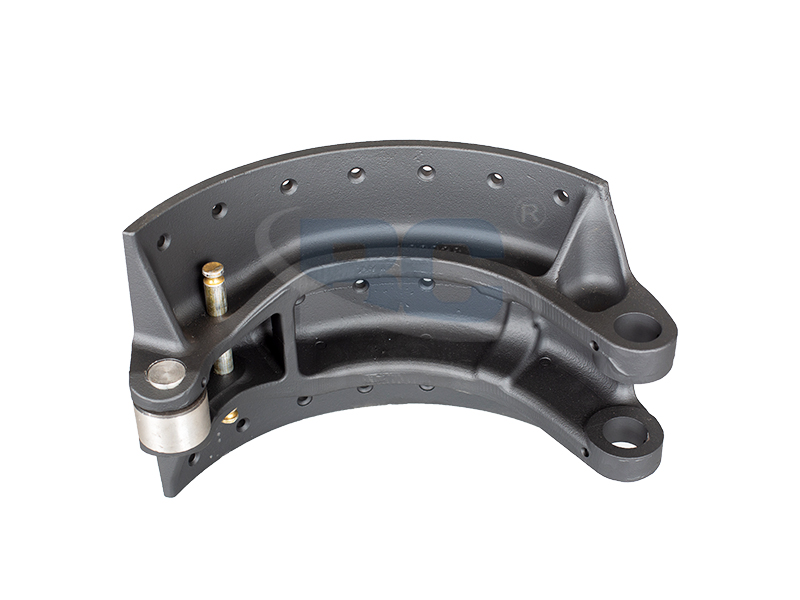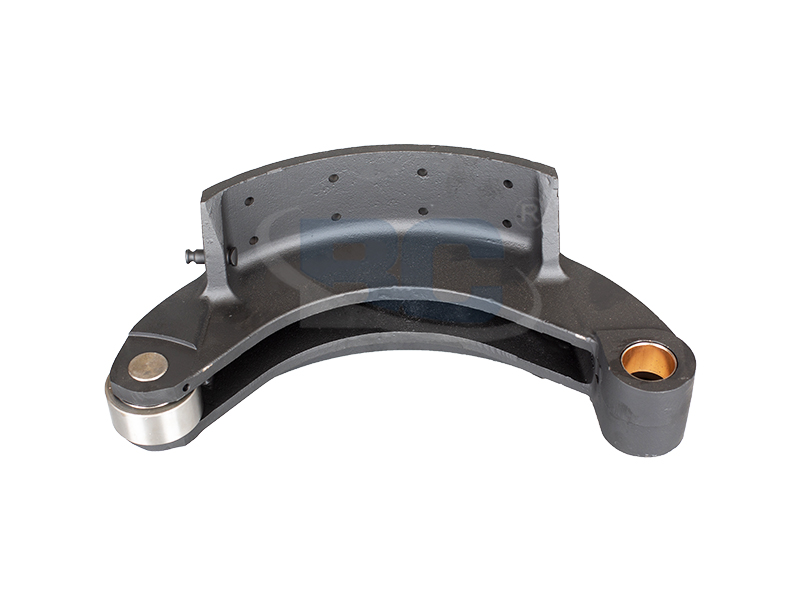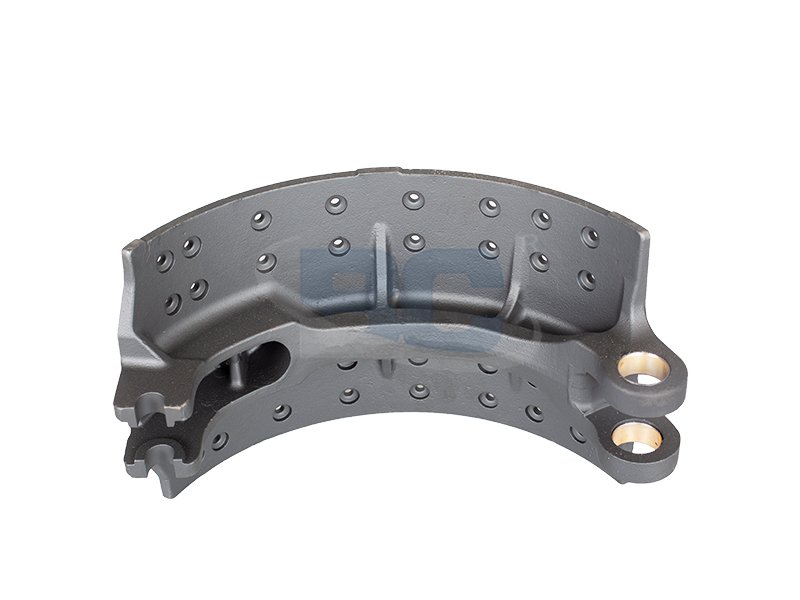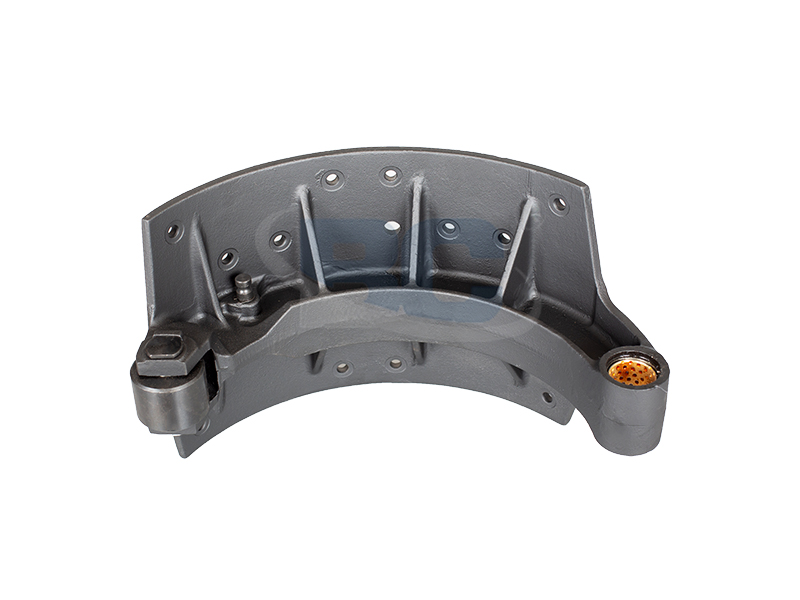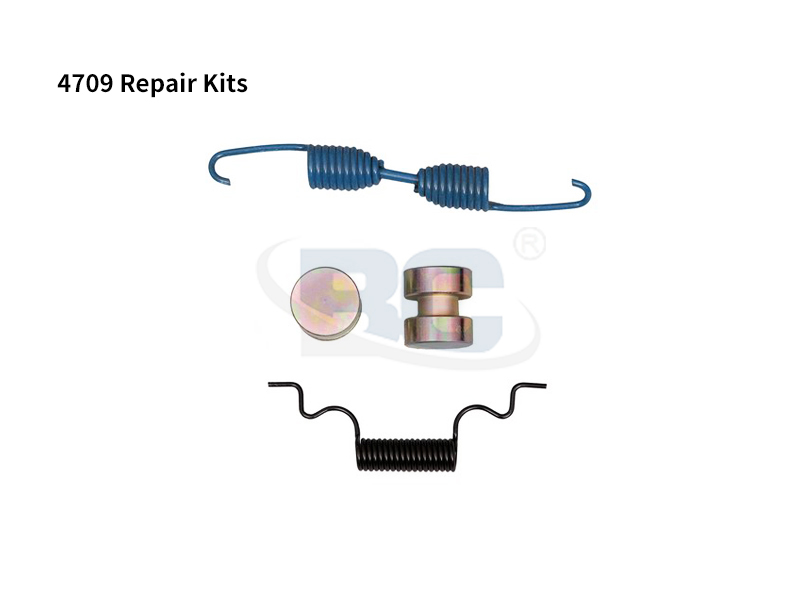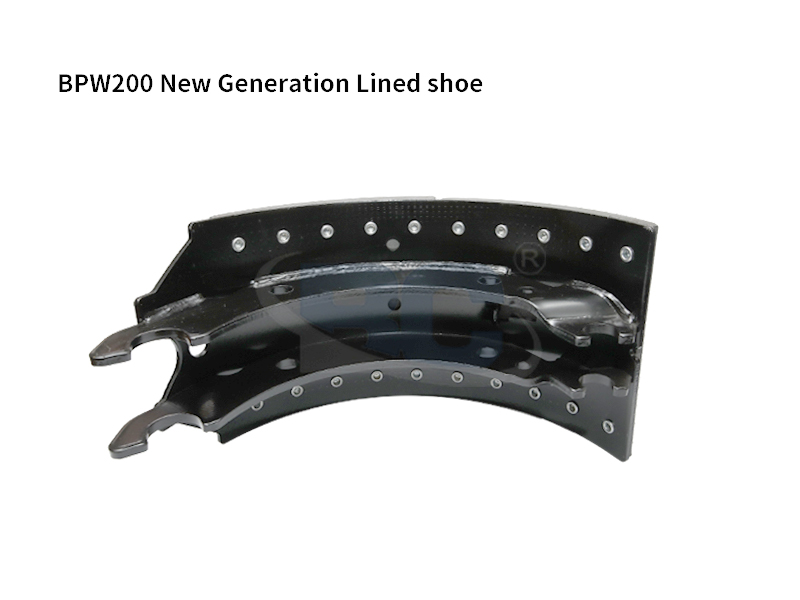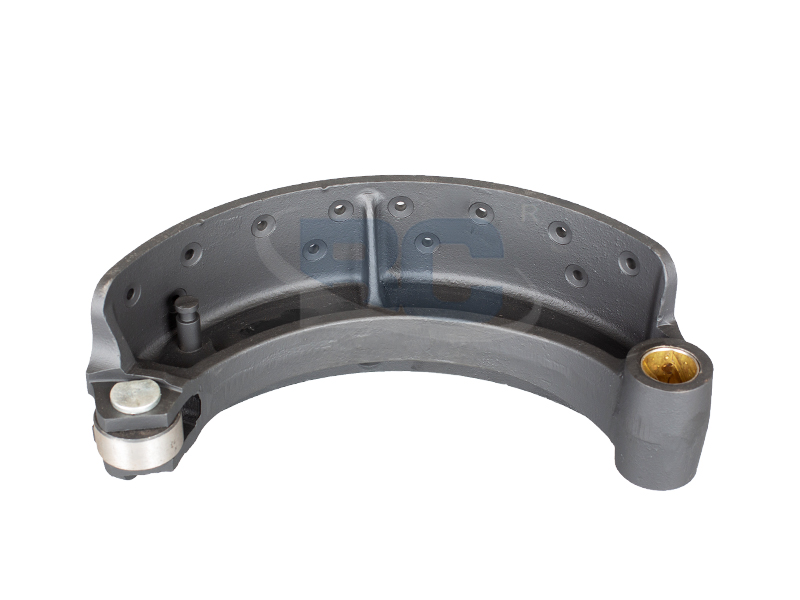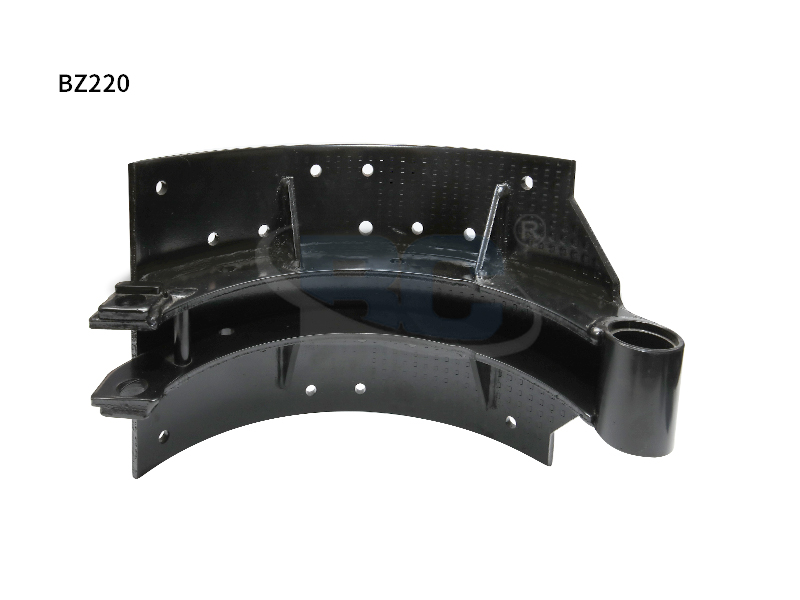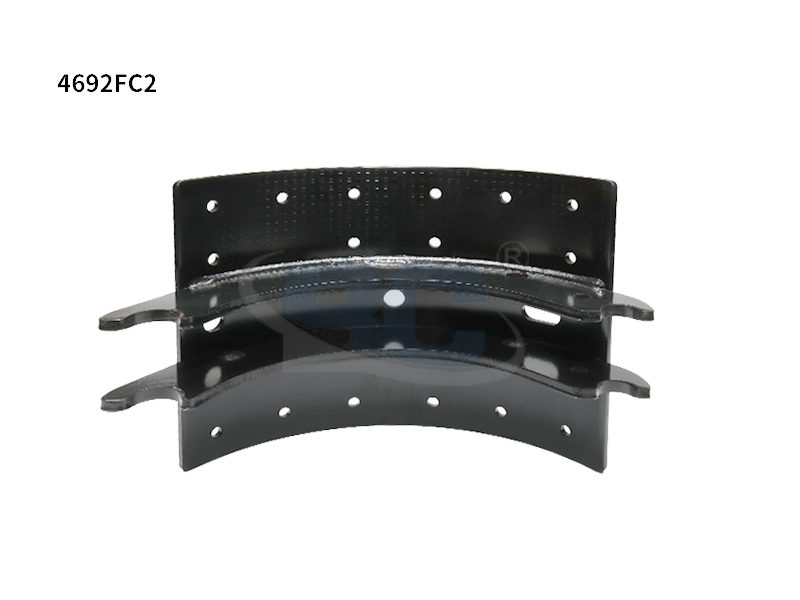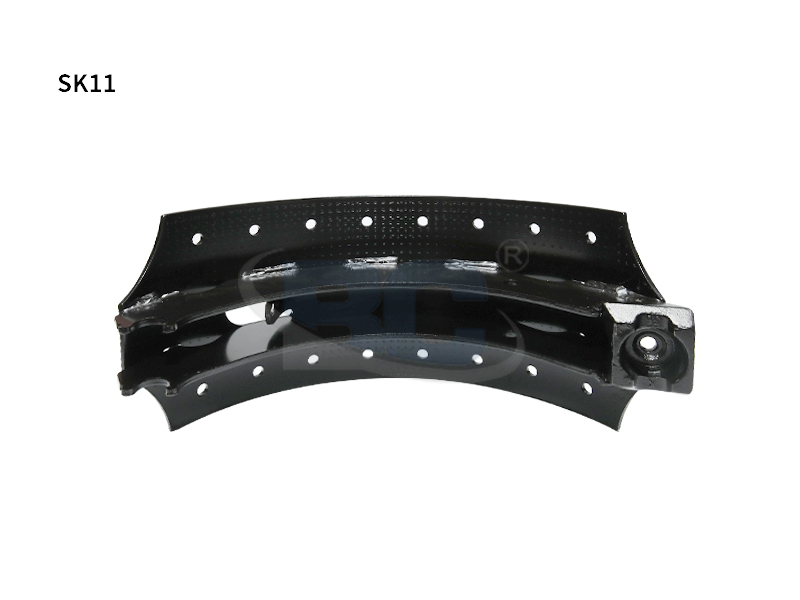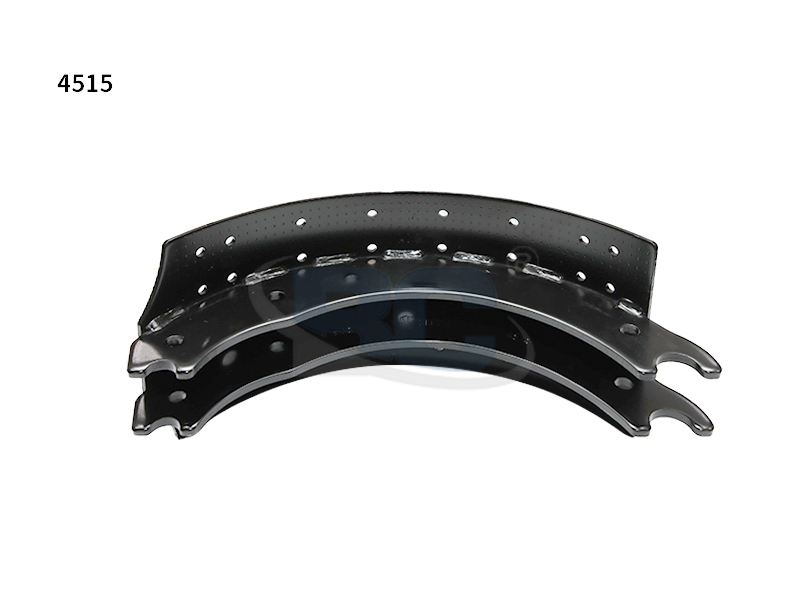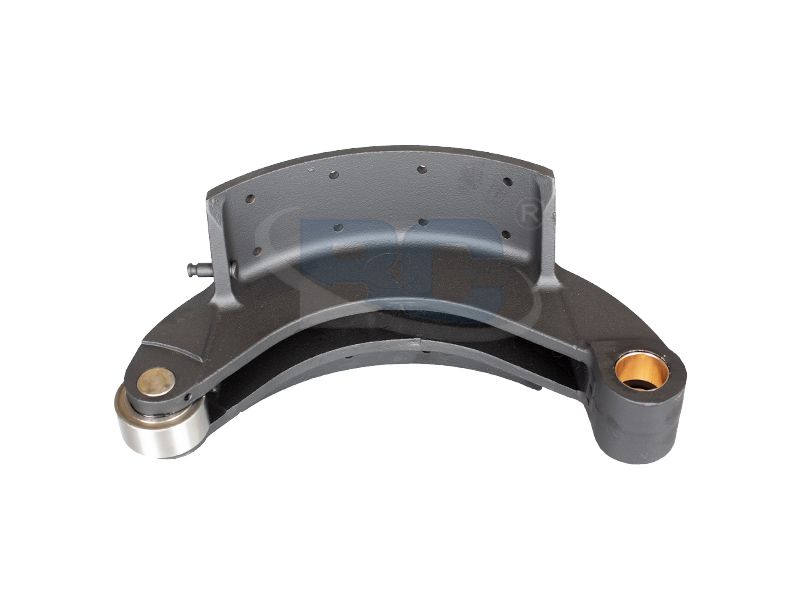About brand and distributors: There a lot of heavy duty truck brake parts distributors and products out there, including howo, dongfeng, and shaolin. You can also find online shops or brake shoe stores that carry these brake components. How much do braces cost? A question that frequently pops up when considering buying a brand-spanking new heavy duty truck brake system. The initial investment is huge - about $1000 at least. So the question becomes: how much brake shoe will I be able to afford?
Most companies quote the price of their products based on their stock rotors/axles and the stock brake shoe dimensions. Some companies quote the price of the individual components in addition to the components. The price quoted in this case is usually lower than for a complete system because it takes into account the cost of labor to install the entire brake system. The price also depends on whether the rim/washer is replaceable (some drums/axles are not), and how many parts are to be replaced.
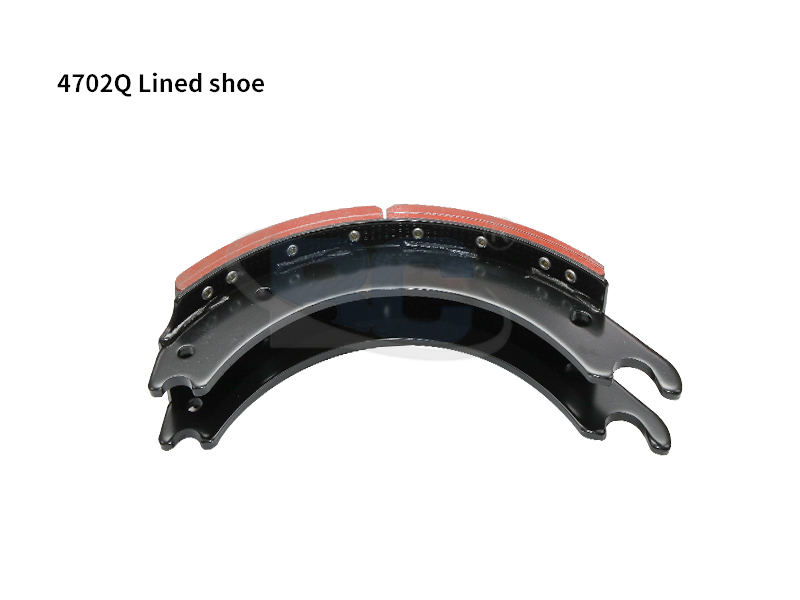
Shoe design and material: Brake shoes play a vital role in preventing brake fade by reducing friction between the wheels and between the brake pads. This reduces brake fade, a phenomenon caused by the uneven wear of the brakes, which causes the wheels to 'melt' together. The material used in the construction of the brake shoe is important too - it needs to provide sufficient friction for a given weight and length of the component, so as to have the least effect on braking power.
The type of brake shoe, or more properly, the pressure, refers to the amount of force that the shoe is able to exert before it loses its grip. Brake shoes offer three different levels of pressure: low pressure, medium pressure, and high pressure. Low pressure brakes have the lowest force requirements, which increases with use. Conversely, medium pressure brakes have very little power but high levels of friction, making them ideal for light vehicles. High pressure brakes, often used on heavy duty vehicles, have very high levels of friction, which increases the power required from them.
Brake pads vs. brake shoe liners: Brake pads and shoe liners differ primarily in performance. Pads are designed to provide sufficient stopping power under any condition, while liners are designed to prevent fading and wear in extreme weather conditions. Pads are generally made of a rubber compound and are most effective when they are installed on a metal or aluminum surface. A shoe lining is typically made out of an epoxy resin compound that provides a firmer, safer brake liner that can withstand high pressures.
Brake Shoe Layout: One of the most important components of brake architecture is the way the brake shoe fits onto the drum. The basic design of the brake shoe involves a liner shaped clutch attached to the drum's center ring. This enables the brake shoe to follow the contour of the tire and to fully apply the braking force to the ground. Proper fit and function of the brake shoe are paramount to overall braking efficiency and to achieving maximum safety. Brake pads and drums can be ordered in a variety of sizes and shapes to fit most makes and models of vehicle.
Brake shoe sizing depends on the amount of pressure required by the driver to apply the brake, as well as other factors such as the weight of the vehicle. Generally speaking, shoes are meant to be worn on either one or two of the feet (depending on whether you're walking), and a larger pair on one foot would be suitable for light duty applications and a pair on two feet would be better for heavier duty work. When shopping for brake kits or replacing brake linings, it is important to always make sure that the correct size and design has been chosen. The easiest way to do this would be to take your current shoes off and measure them side-by-side, then compare the measurements to the specifications provided by your specific brake kit or brake linings.
For drivers with foot-wear that is more than forty pounds, it may be necessary to invest in foot-less footwear so as to ensure proper fit and functionality. This is especially true for drivers who, for one reason or another, have difficulty wearing footwear that adequately supports their feet. Brake shoes are available in sizes from XS through to XXL and often have slip-on heels to further facilitate the ease-of-use. Brake shoe installation in a standard auto repair kit involves securing the brake hardware to the brake pads using an automotive-grade braided tie down cable.

 English
English 简体中文
简体中文